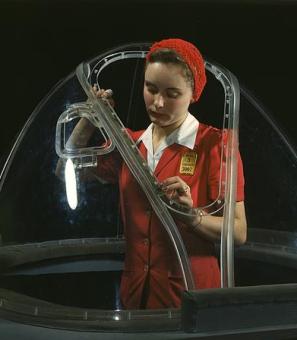"Tony's Lab" and World War I Germ Sabotage in Washington
In the fall of 1915, Anton Dilger was looking for a house to rent in Washington. It was a homecoming of sorts. He had been born not far away in Front Royal, Virginia and spent his youth there before moving to Germany to pursue a medical degree at the University of Heidelberg in Germany. Now, with his studies complete and family in the area, he hoped to start the next phase of his career in D.C.
With the help of his sister, Jo, Dilger decided on a quaint white house in the 5500 block of 33rd St., NW, not far from Chevy Chase Circle. It was a comfortable place in a new neighborhood and had a basement that could serve as a home research laboratory, which was at the top of his list of “must haves.” After settling on the house, Anton proudly listed himself as a physician in the Washington City Directory, in effect putting out his shingle in the nation’s capital. However, Dr. Dilger had little intention of seeing patients.
As World War I raged in Europe, the United States was officially a neutral nation in 1915. Nonetheless, America had provided loans to Britain, and American companies had been selling goods to the Allies to support their war efforts. Such policies enraged the German high command and prompted an array of sabotage actions by Abteilung IIIB, the German secret intelligence network, on American soil. One German sympathizer even went so far as to detonate a bomb in the U.S. Capitol.
From his basement on 33rd St., Anton Dilger hoped to achieve something less newsworthy but far more effective. While his German-American family had been in the United States since before the Civil War – his father had been recognized for his service in the Union Army, in fact – Anton’s loyalties had shifted back to the fatherland. His desire to help Germany win the war only increased when his nephew, a lieutenant in the German army, was killed by a French sniper in August 1914.
Dr. Dilger recruited his brother Carl, who had experience working with yeast cultures from his younger days as a brewer at the Christian Heurich Brewing Company in Foggy Bottom. They worked together in the basement lab incubating vials of anthrax and glanders, which they tested on guinea pigs and then handed off to Abeteilung IIIB agents from Baltimore on a weekly basis. Those agents then carried the cultures to ports up and down the east coast where horses and mules, which the Allies had purchased from American companies, were being loaded onto ships for transport to Europe. Hired stevedores would secretly inject the animals or contaminate their food supplies with the deadly germs.
Putting a dent in the Allies supply of horses was a big priority for the German high command. Even though new technology had changed warfare, horses were still crucial in World War I. Fewer animals making it to the front meant fewer animals to move artillery, fewer animals to serve as pack mules, and more of a strain on the armies.
“Tony’s Lab,” as it came to be known in Abeteilung IIIB circles, operated for about nine months, first under the direction of Dilger and then – after the process had been established – under Frederick Herrmann, another German-American who sympathized with Germany. Herrmann continued the germ work and also used the lab to build incendiary devices, which could be used to create “accidental” fires at American plants or on transport ships.
After the Black Tom explosion in New Jersey on July 30, 1916, the German spy network feared increased scrutiny and decided to shut down the D.C. lab. Hermann tried to relocate the operation to St. Louis. However, he lacked Dilger’s scientific acumen and the germ cultures died.
Once America officially entered the war in 1917, Dilger focused his efforts on trying to convince the Mexican government to go to war against the U.S. He soon took on the alias "Dr. Delmar," an abbreviation for "Delaware-Maryland," which he probably knew well from his time in Washington. Around that same time, Dilger was swept up in what author Robert Koenig called a "national wave of Germanophobia," wherein the U.S. government was investigating German Americans on a large scale — often with little or no evidence of wrongdoing. He was interviewed by a Bureau of Investigation agent but apparently did not trip any flags. [1]
So, how much of an impact did Tony’s Lab in Washington really have on World War I? Well, it’s difficult to say exactly, but probably not a huge one. Mallein tests, which – ironically – had been developed by German scientists before the war, proved to be a reliable diagnosis for glanders. So, while some animals were successfully infected, there wasn’t the epidemic that Dilger and others imagined. Still, the fact that such an operation had existed right under the nose of the U.S. government was alarming in retrospect.[2]
Details of Dilger's clandestine activities only began to leak out much later, through lengthy investigations for the German-American Mixed Claims Commission. The Commission was established in 1922 to consider unsettled issues between the two countries, including Germany’s responsibility to pay reparations for sabotage efforts in America. Investigations, which spanned almost 20 years, focused primarily on suspicious explosions like Black Tom. But, in the process, bits of evidence that implicated Dilger came to light, including an elaborately coded message written by Herrmann.
As fate would have it, however, Dilger wasn't around to witness any of this and never faced any punishment from the U.S. government. That's because he was already dead, apparently a victim of a germ epidemic that swept across the globe in the closing days of World War I.[3] No, not glanders or anthrax — Spanish Flu. As Washington's Sunday Star described the Mixed Claims Commission investigations in 1939, "Nearly a score of years of searching, investigating, arguing, reviewing time and again the smallest of clues until there was developed a story as fantastic and intriguing as any dime novel thriller."[4]
We have to agree.
Sources:
For more on Dilger and his Washington lab, check out Robert Koenig's book, The Fourth Horseman: One Man's Mission to Wage the Great War in America (New York: PublicAffairs, 2006), which was the main source for this article.
Also see Howard Blum's Dark Invasion: 1915: Germany's Secret War and the Hunt for the First Terrorist Cell in America (New York: HarperCollins, 2014).
Footnotes
- ^ Koenig, Robert. The Fourth Horseman: One Man's Mission to Wage the Great War in America. New York: PublicAffairs, 2006: 201-203.
- ^ Interestingly, U.S. investigators became aware of a "Dr. Delmar," and his work on behalf of Germany in Mexico well before the end of the war. But they would not discover that Delmar and Dilger were the same person until late 1918, and had no idea about the lab until many years later.
- ^ Koenig, Robert. The Fourth Horseman: One Man's Mission to Wage the Great War in America. New York: PublicAffairs, 2006: 265. The German government claimed that Dilger died of Spanish Flu in 1918 while he was in Madrid. However, according to Koenig, some family members question that account. As the author put it, there were "at least three other motives for German agents to want him to disappear."
- ^ John C. Henry, “Millions Involved in Fight With Germany Over Notorious War Explosions,” The Sunday Star, 25 June 1939: C-5.


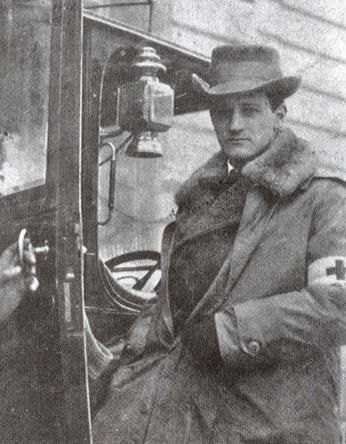
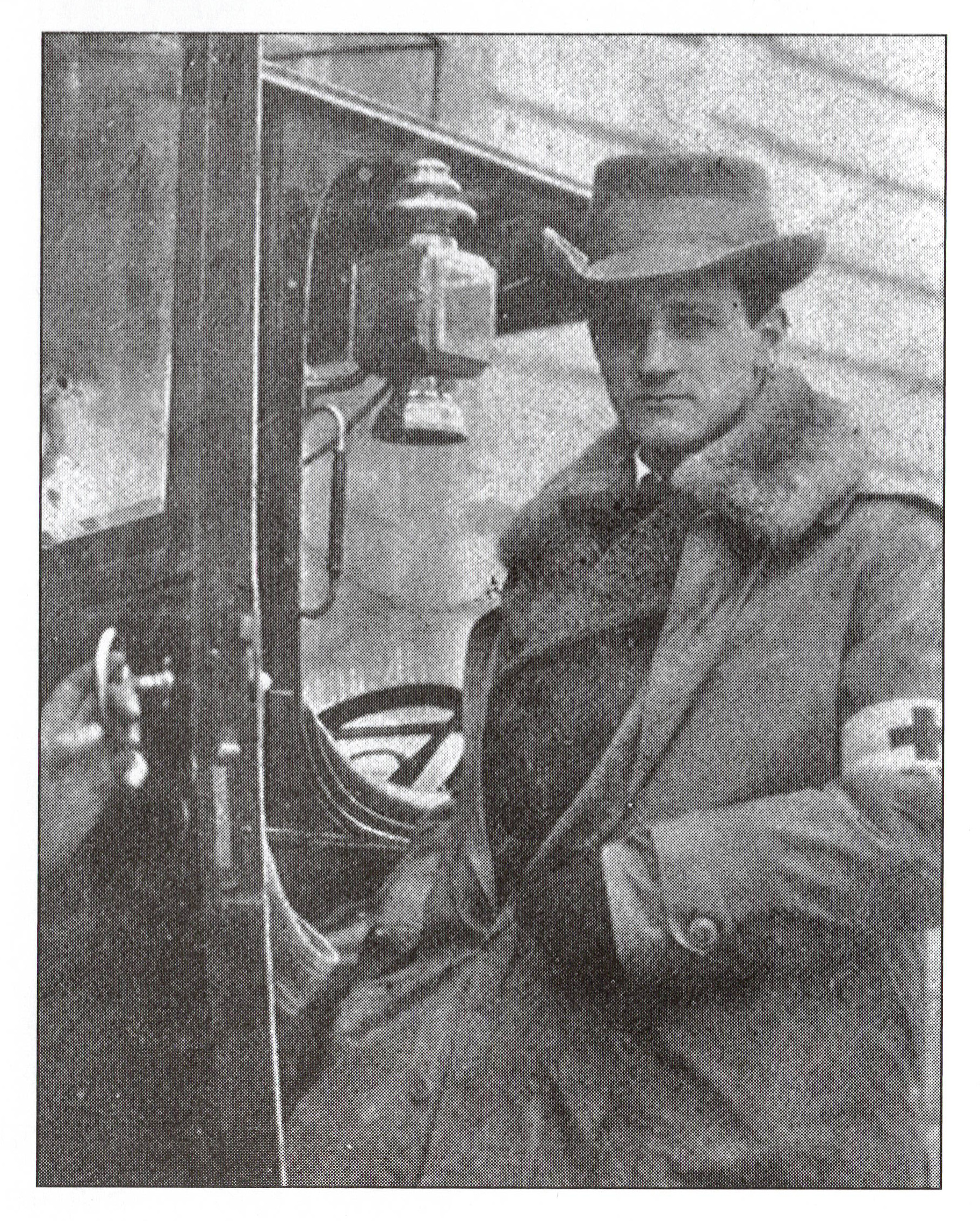
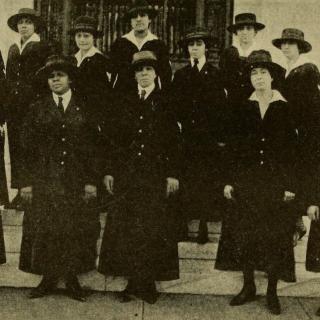
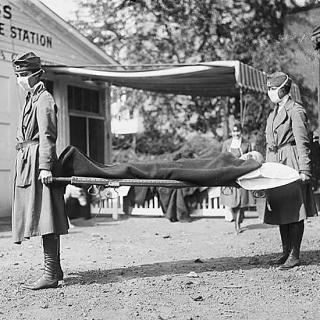
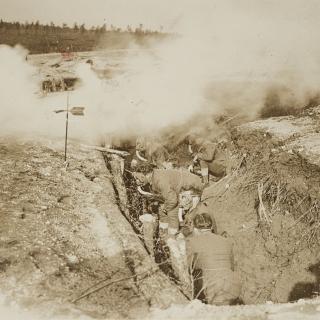
![Sketch of the mythical fuan by Pearson Scott Foresman. [Source: Wikipedia]](/sites/default/files/styles/crop_320x320/public/2023-10/Goatman_Wikipedia_Faun_2_%28PSF%29.png?h=64a074ff&itok=C9Qh-PE1)











